Establishing learning objectives and measuring them effectively is challenging when students flex their learning muscles beyond traditional school. Goal setting and measurement are key - not only for tracking student progress, but also, for scoping out high-functioning areas and improvement options in your ed-biz or home school.
The burning question in my teacher brain is:

I can assign a grade to a math worksheet, evaluate a composition for proper structure, assess an English learner’s diction, or determine if a taekwondo move is performed to perfection.
But shouldn’t goals for learners stretch beyond the immediate task? What’s the best way to guard against the slippery slope of unwittingly relegating students’ overall developmental progress in the pursuit of specific learning milestones?
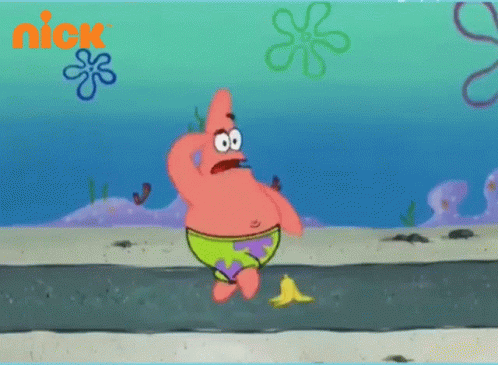
Setting goals for the whole child is like painting a watercolor landscape.
An artist sketches the broad outline of a complete composition, then layers overlapping detail until colorful, vibrant images materialize. Likewise, goal setting for the whole child first identifies overarching character values, then designs life skill and educational complements to support the overall composition of a human being.
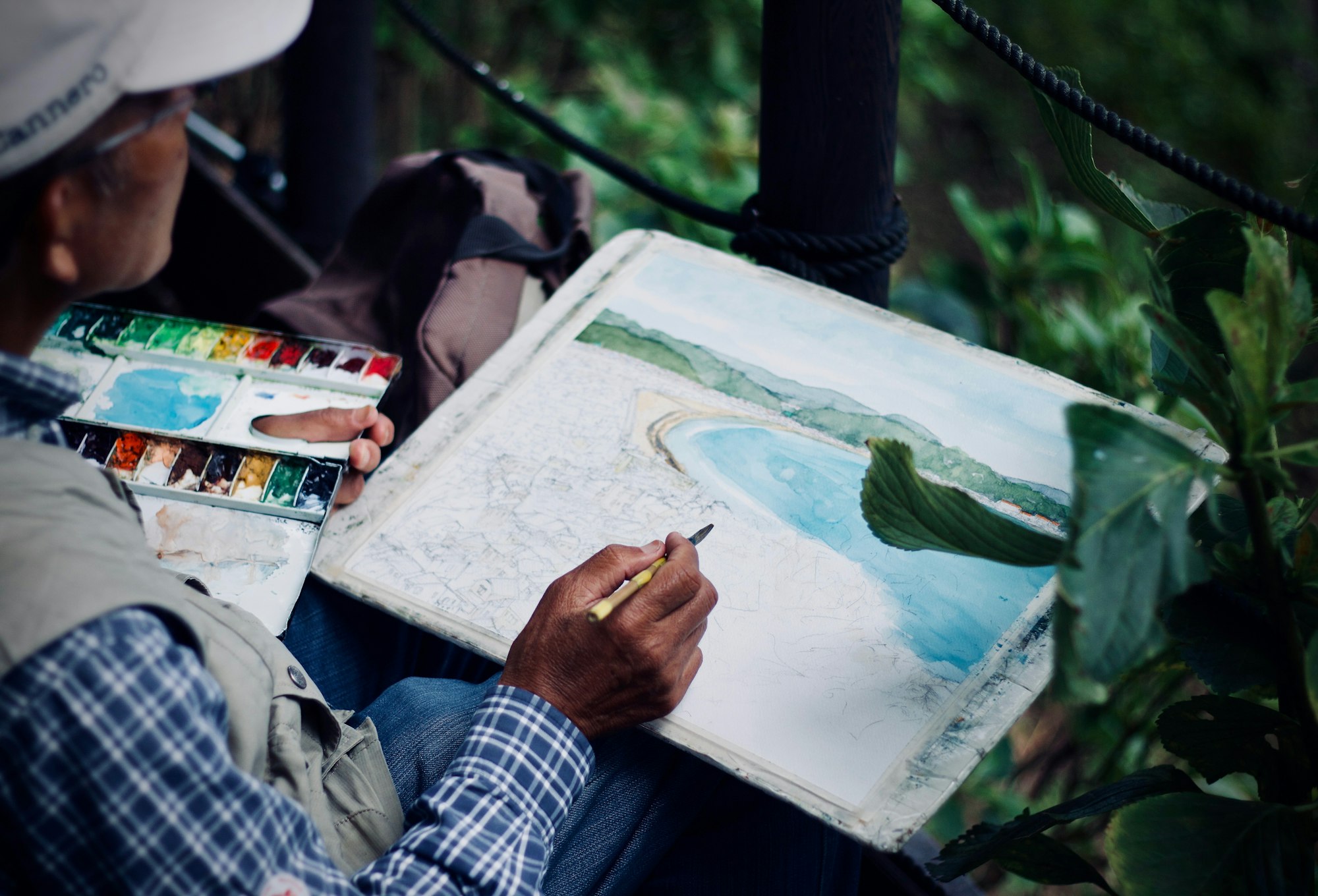
Highlight the Human Side
If you are a parent-educator, sketch out specific character traits in sync with your family values – if not, seek this input from your students’ parents. Roughly align the number of values with learners’ ages. Explain each trait to students in clear, understandable terms. Then model each concept enthusiastically in your daily interactions.
Quantify Qualities
How in the world can you quantify elusive attributes like “kindness,” “patience,” “self-control,” or “cooperation with others? It’s as simple as a file card. 😉

Create a card listing qualities down one side and dates along the top. Reflect on how your learner embodied each trait and rate them using a 1 (uh-oh!) to 5 (woohoo!) scale. When the file card is full, average the grades at the bottom, then start a new card. Over time, figure the overall average. Voila! You have quantified the unquantifiable.
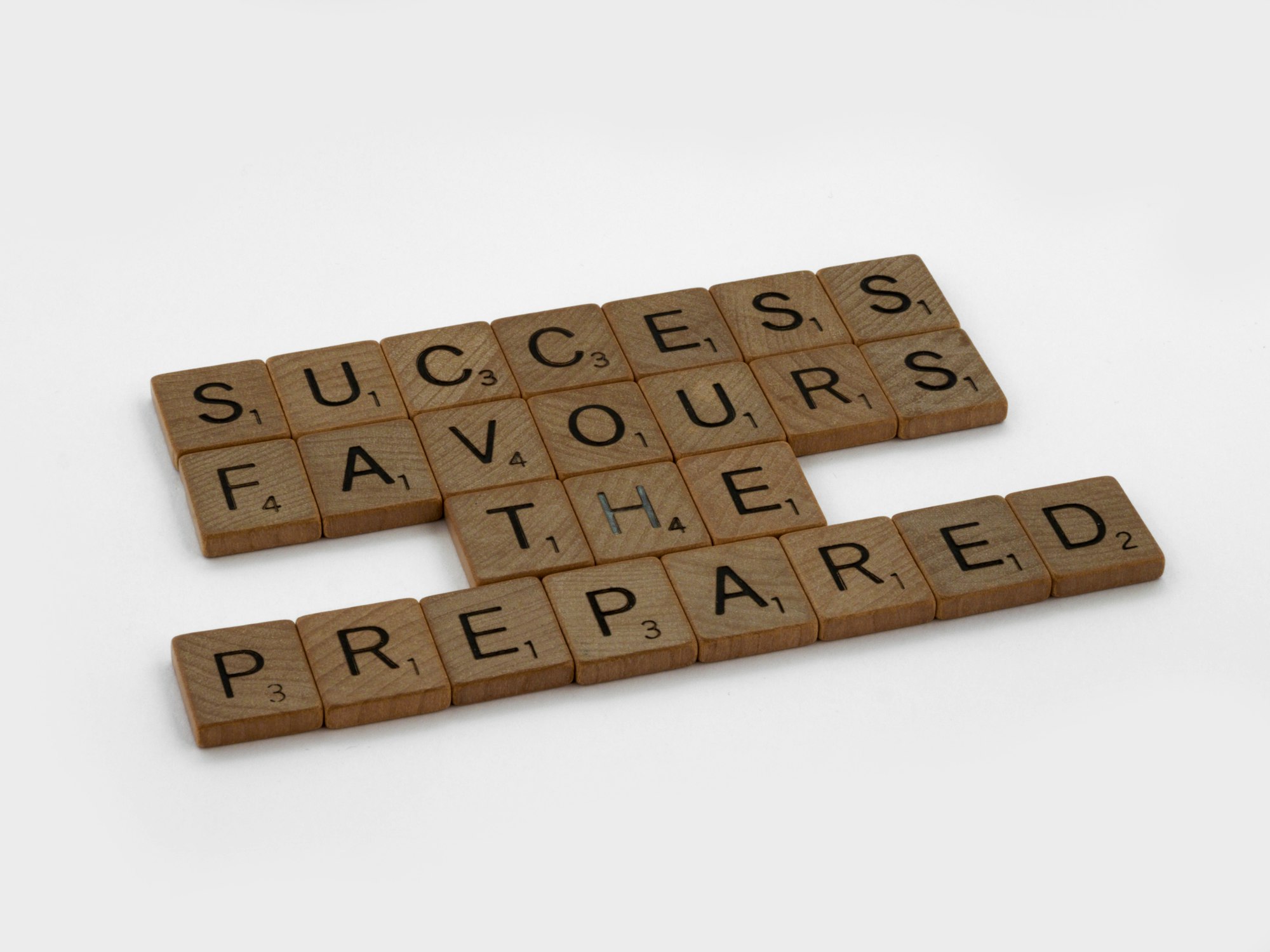
Construct & Measure Academic Touchstones
Follow a similar approach for students’ academic goals. Lay out high-level benchmarks (by subject) for the end of the learning period. Then overlay incremental planks to build the bridge between here and there.
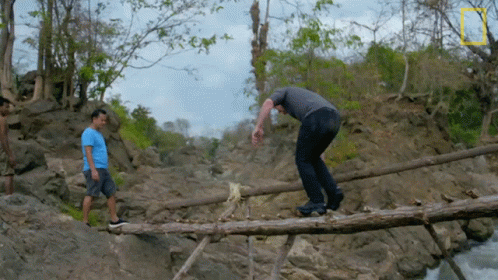
View planks as periodic progress targets – measurable weekly or monthly metrics that can be assigned a numerical value. If you do not have a formal grading system, file card frenzy works here, too!
Long Haul Logic
If I could go back in time to my early days as an educator, I would tell my future self that consistent perseverance ultimately packs a bigger- results- punch in terms of holistic goal achievement than isolated difficult days with my learners.
Learning journeys may not be gratifying in the short-term. In the healthy development of whole human beings, “1 (uh-oh)” days are not failures. They are simply part of the unfinished artwork. Like beautiful paintings, human beings develop in layers. The complete composition – in vivid form – will emerge with time.

What are your thoughts? Leave them in the comments below!
Got a story to tell? We're seeking podcast guests and would love to share your story with our community. Submit your story idea here.
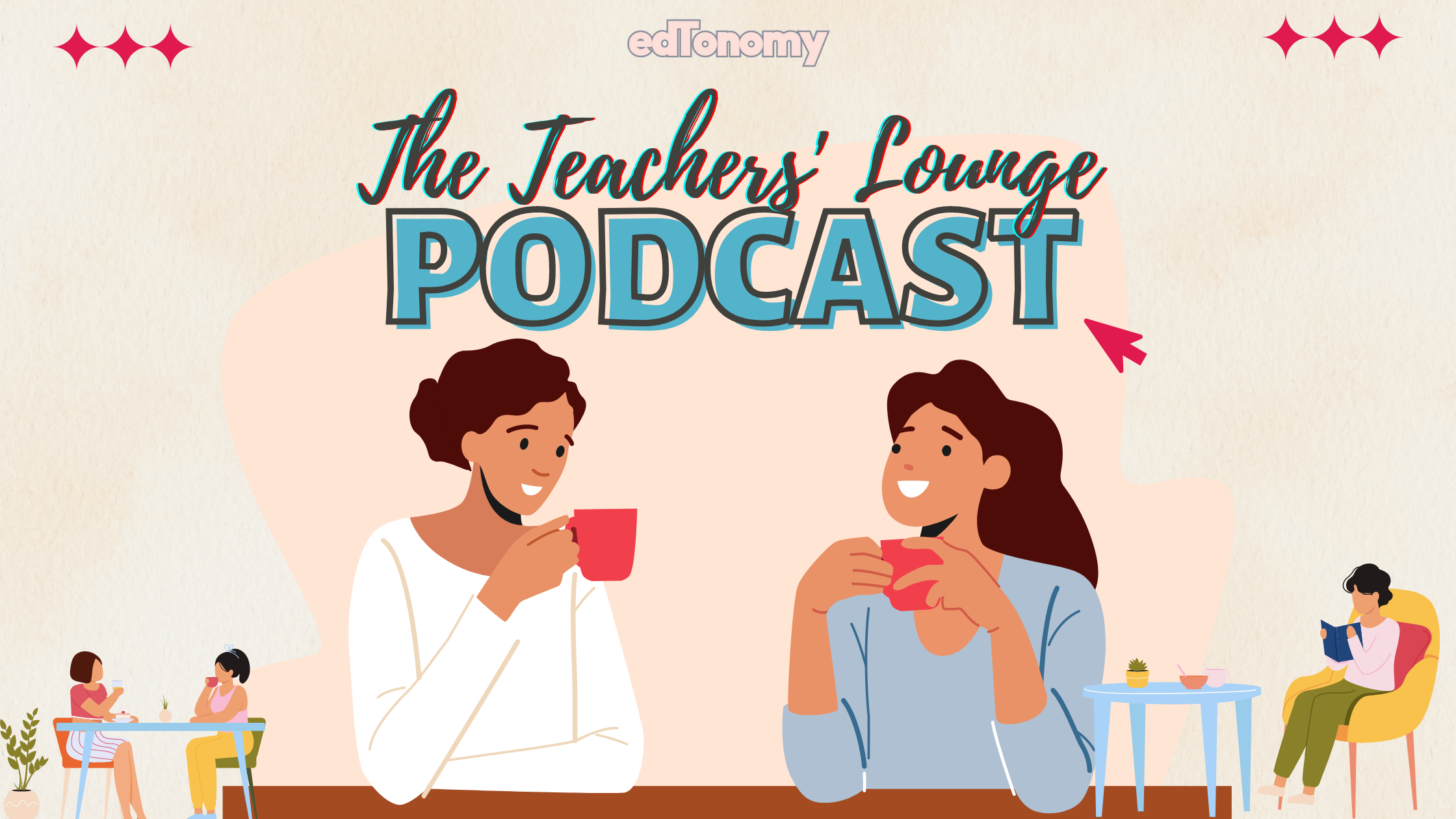








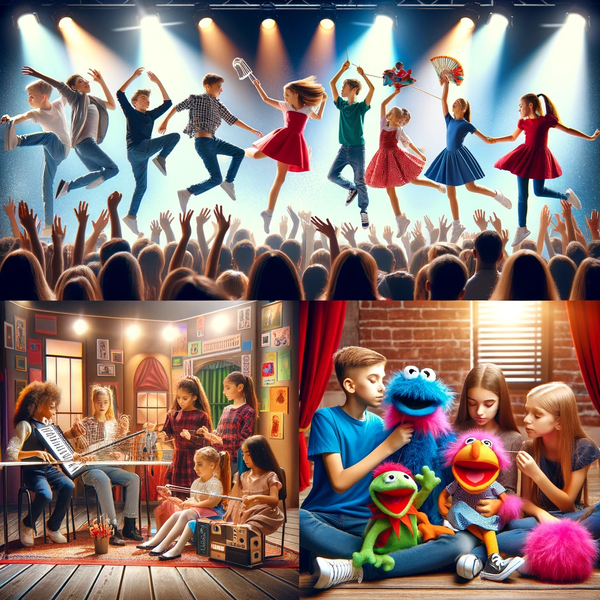
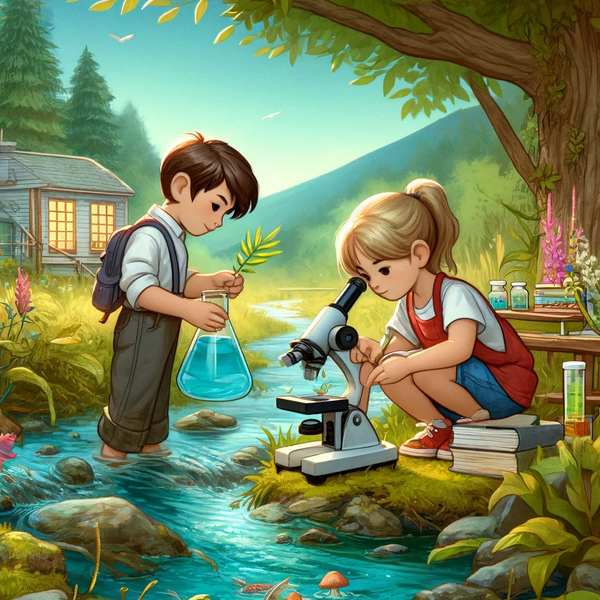
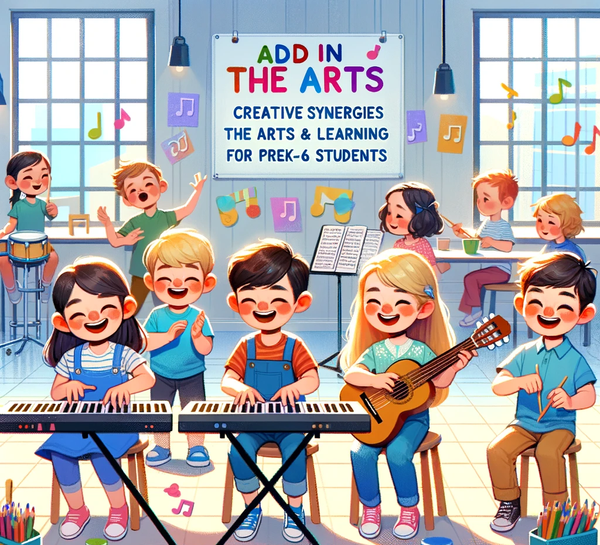
Member discussion